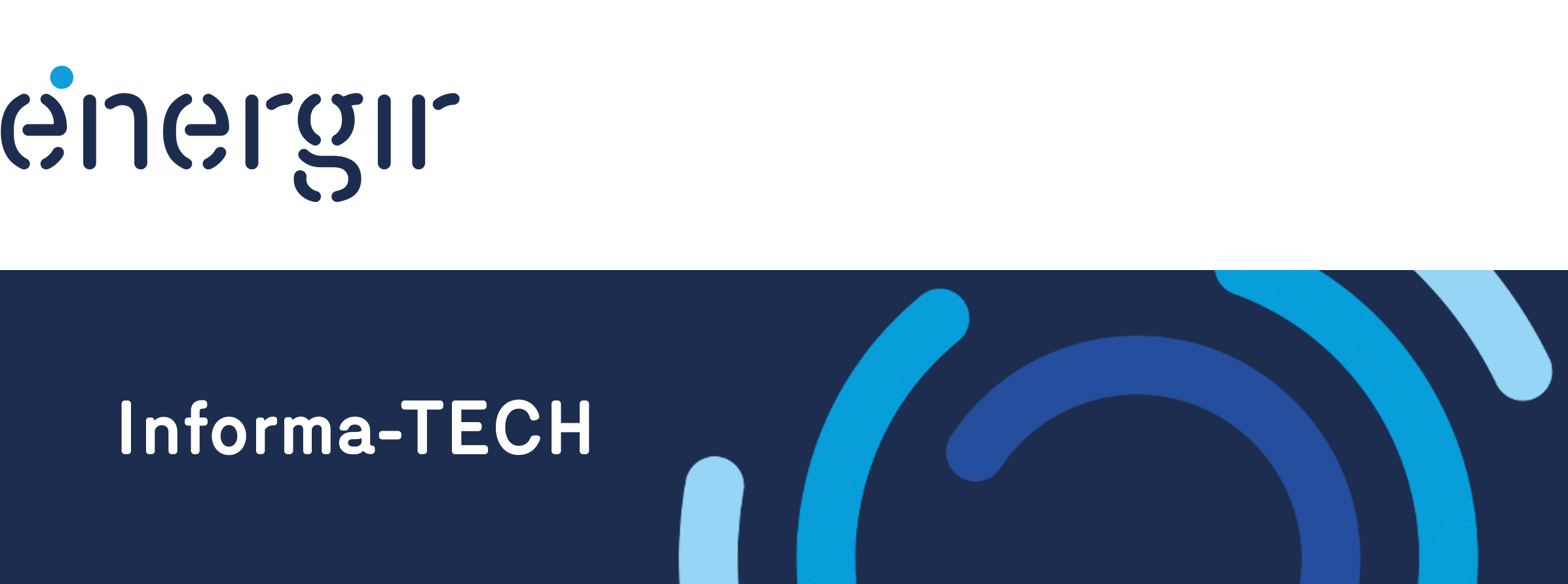Continue reading


The efficiency scenario, on the other hand, includes the energy efficiency measures and is the subject of the request for financial assistance. Additional cost – also called “eligible expenses” – is therefore the difference between the cost of implementing the reference scenario and the cost of implementing the efficiency scenario. If the cost of implementing the reference scenario is zero (i.e., the equipment and/or systems are still viable), then the additional cost corresponds to the cost of implementing the efficiency scenario. How do these notions work in real life? That is what we will see in the next section, using different examples. Project No. 1: High efficiency drying Background: A customer has to replace the grain dryer1 since it is over 30 years old. Continuing to repair it to keep it working would cost more than changing it. He has heard talk of a drying technology that uses less energy but is more expensive and he would like to benefit from an Énergir grant to help him replace the old dryer by the new technology.
| Reference scenario: | Replace the dryer by standard market technology. |
| Additional cost (eligible expenses): | Cost of high efficiency dryer – cost of standard dryer. |
Project No. 2: Heat recovery from a process Background: A customer would like to install an air-water heat pump to recover the residual energy released from heating the process water. He has learned that Énergir offers financial assistance for this kind of project.
| Reference scenario: | Waste heat not recovered (status quo). |
| Additional cost (eligible expenses): | Cost of air-water heat pump.2 |
Project No.3: Heat recovery and upgrade to meet standard Background: A customer needs to increase the supply of fresh air in the plant since it does not meet CNESST air exchange rate requirements. He submits a request for a grant for an energy efficient solution, comprising a ventilation unit with a heating coil supplied by heat recovered from the process rather than by natural gas. He would like to obtain financial assistance to carry out the project.
| Reference scenario: | Add a natural gas ventilation unit (market standard). |
| Additional cost (eligible expenses): | Cost of an energy efficient solution – cost of a natural gas ventilation unit. |
Of course, these are typical cases and so do not cover all possible situations, but they help you understand what is meant by a reference scenario and by the additional cost of a project. Applicability of grants according to type of project The following table shows the percentage of the additional cost covered by Énergir, depending on the grant program and how the additional cost is evaluated in various specific cases.
|
Grant program |
Additional cost (eligible expenses) |
Responsibility for evaluation |
|
Implementation assistance |
Variable (based on difference between cost of reference scenario and cost of efficiency scenario) |
Applicant |
|
Efficient renovation |
10% of cost of purchase and installation of new windows3 |
Énergir, based on cost of project, as presented by applicant |
|
100% of cost of purchase and installation, or repair, of roof3 |
Applicant |
|
|
New efficient construction |
5% of cost of project3 |
Énergir, based on cost of project, as presented by applicant. |
|
Solar preheating |
100% of cost of project4 |
Applicant |
Better informed, more efficient While the notions of reference scenario and extra cost may sometimes seem complex because of the nature of the project (when costs are consolidated, for example), we hope that this article has helped your understanding and that you will thus be better able to calculate the return on investment of projects in which you are involved in the future, as well as calculate the grants available. However, if you need more support on this subject, DATECH Group advisors can help and advise you.
|
A wealth of resources just a few clicks away You can find the terms and conditions, information, and request for grant forms in the participant’s guides available under “Grants” in the Business and Major Industries sections on our Web site. The Engineers section also gives you access to energy efficiency training, technical data sheets and practical calculation tools. |
Nathalie Bouchard, Eng. DATECH Advisor, Technology & Energy Efficiency, Énergir
1 The dryer is for illustrative purposes only; however, this example may apply to other equipment.
2 On condition that at least 30% of natural gas remains at the meter and that the building has been connected for at least five years.
3 According to best evaluation practices in effect.
4 Except in the case of additional ventilation that avoids installing a natural gas unit, since the additional cost in this case would correspond to the cost of a solar wall.
Continue reading
© 2024, Énergir